Pink Floyd: Their Mortal Remains at the V&A
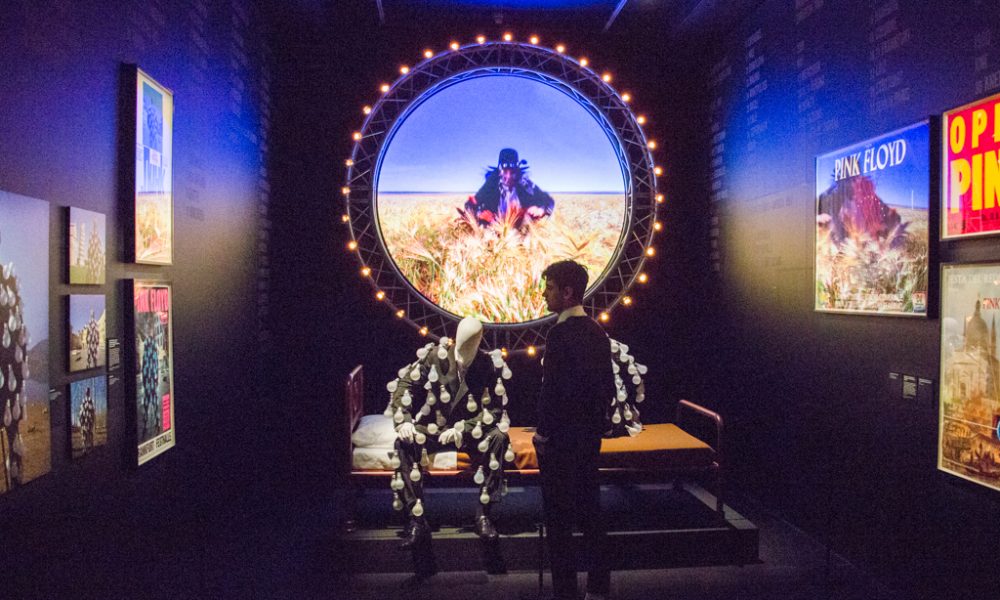
The much-anticipated Pink Floyd exhibition at the V&A starts with an immersive, eye-catching experience. Putting on the necessary headphones, visitors find their ears plied with the band’s experimental instrumental music and enter the show through a replica of the group’s van from their early years.
On the wall is a letter from Syd Barrett, one of the founding members of Pink Floyd, to his girlfriend. He describes the vehicle: “The others had painted the van with a white stripe, which looks good with our name on it. You can’t see the name because it is too small. You can’t see me because I’m in the back.”
This sets a surprisingly poignant tone for the beginning of the exhibition; as it goes on to explain, Syd Barrett soon found success (and the LSD he was taking) too much, and mental health problems forced him to quit soon after they hit the big time. Once he had been replaced by David Gilmour, one might think the band was set for life. But change is one of Pink Floyd’s key characteristics, as this show makes clear.
The carefully curated spaces chart the group’s rise to fame but also, and more importantly, their musical and artistic development. The first rooms tell the story of their early years, culminating in the release of The Dark Side of the Moon, an album that continues to sell over 7,000 copies a week. This is followed by a helpful pause for contemplation in a darkened room, where a holographic rendering of the album’s iconic artwork is accompanied by the song Breathe.
After this, Their Mortal Remains cleverly changes tack. Instead of trying to insist on Pink Floyd’s enduring centrality, the show’s curators have focused on how the band’s innovative approaches to technology, cover art and stage gigs revolutionised aspects of the popular music industry. In an admirable move, it even demonstrates how Pink Floyd’s eponymous identity was reviled and rebelled against by the punk movement.
The final rooms are a bit overwhelming in terms of the sheer number of objects, videos and installations on display. In fact, the whole exhibition is somewhat over-stuffed. The rooms are punctuated by unexplained phone boxes plastered with ephemera, and some of the many guitars, keyboards, letters and flyers will surely only be pored over by the most die-hard fans (of which there are many, to be fair).
The audio accompaniment to the show is essential to its success, but it can also be a bit confusing. There are so many videos that it would take hours to watch them all from start to finish. This is not an exhibition you can rush; but then again, as Their Mortal Remains proves, Pink Floyd is a band that benefits from being lingered over.
Anna Souter
Photos: Erol Birsen
Pink Floyd: Their Mortal Remains is at the V&A from 13th May until 1st October 2017, for further information visit here.


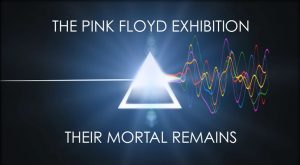
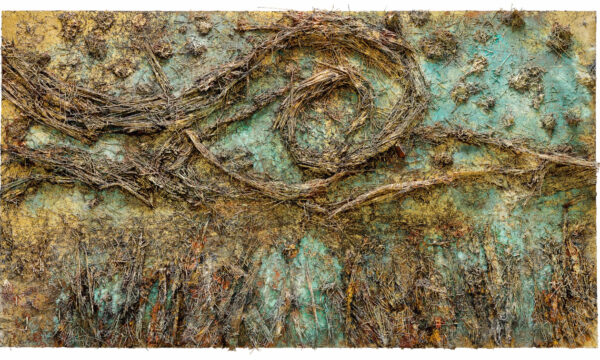
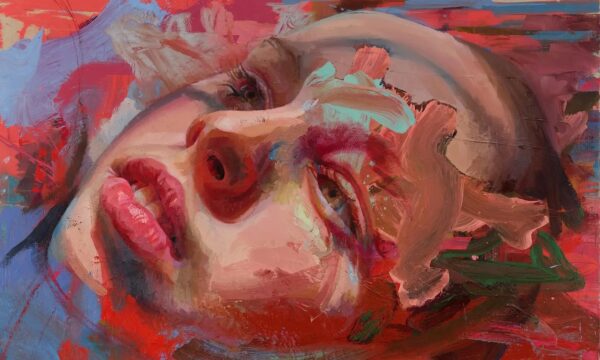
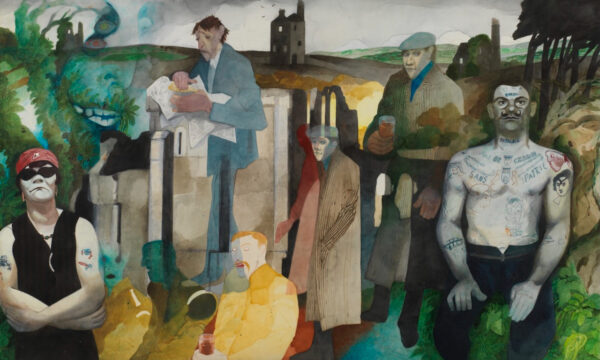
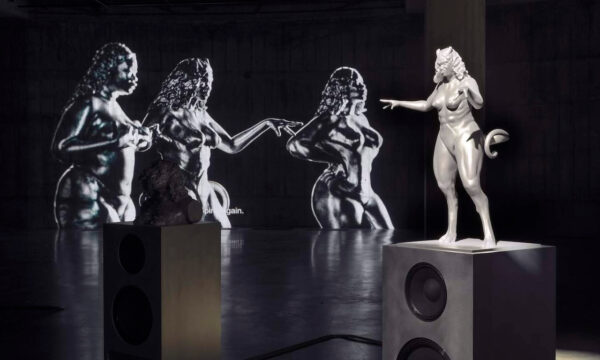

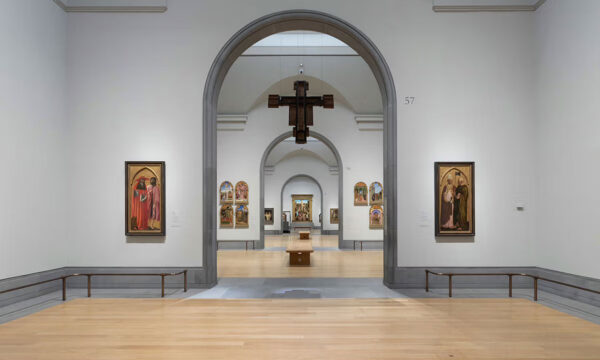


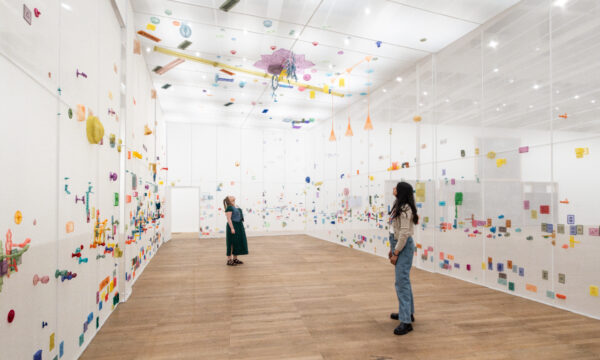
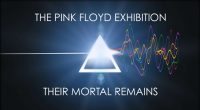















Facebook
Twitter
Instagram
YouTube
RSS